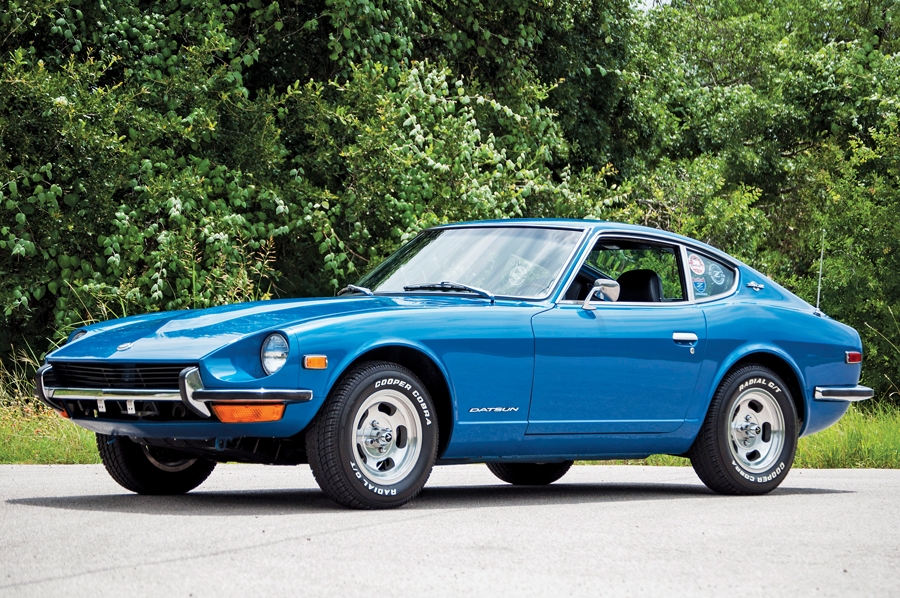Chassis Number: HLS3006116
The first Series I cars produced between late 1969 and early 1970 are identified by the fresh-air exhaust vents located on the rear hatch. Datsun quickly realized that they had hit the mark with the modern lines and overhead-cam 6-cylinder that redlined at 7,000 rpm.
Restored to like-new condition, this 240Z is one of the most pristine examples on the market. The only thing this car lacks to be a ZCCA gold-medallion car is the factory wheels and hubcaps, as the restorer chose a period centerline wheel to complete the sportier look.
From the paint to the interior, great attention to detail was used during restoration. The engine starts promptly and pumps incredible smooth power to the rear wheels. If owning the nicest of its kind appeals to you, you will want to seriously consider this first series Z.

